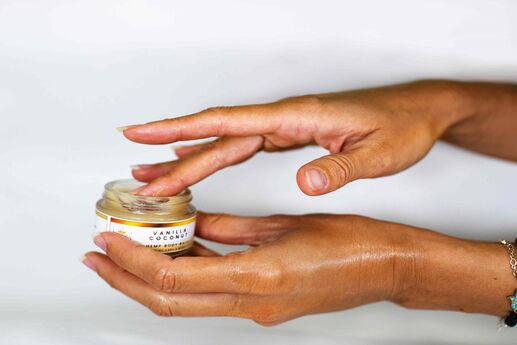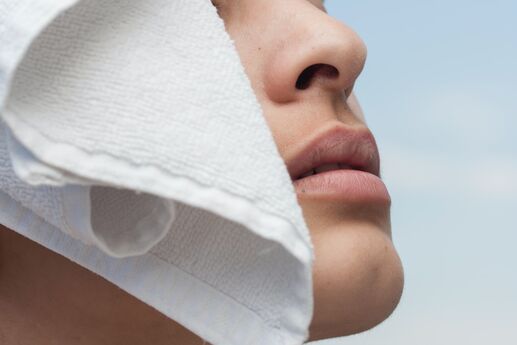Skin Care Secrets from the Dermatologist to the Stars
Beyoncé, Kim Kardashian, Victoria Beckham, Oprah and Ellen DeGeneres all have something in common besides a net worth of zillions. They share the same dermatologist -- Dr. Harold Lancer, who dispenses advice and high-tech treatments from his office on Beverly Hills’ Rodeo Drive, next to boutiques like CHANEL, Dior, Prada and Ralph Lauren. Now, in his new book, Younger: The Breakthrough Anti-Aging Method for Radiant Skin, Lancer shares his simple four-step secret to getting red-carpet radiant skin (no matter your bank balance).
1. Exfoliate your skin every day and do it before you cleanse. A gentle daily “polish” --the word Lancer actually prefers to exfoliate -- is like “taking the tarnish off silver.” Dead cells and surface debris are whisked away to allow “fresh, radiant skin to shine through.” You can polish your skin either mechanically (with a loofah, rough washcloth or a scrub with tiny beads), or you can choose a chemical exfoliator that uses enzyme-based ingredients like papaya or pineapple to dissolve those old skin cells. Polish your skin once a day, preferably at night, for 60 to 90 seconds. Dampen your skin with warm water before you begin and finish with a rinse of lukewarm water.
2. Follow polishing with a non-irritating cleanser to cart away the uprooted debris. Apply a pea-sized drop of cleanser to your fingertips and massage it into your skin, working from the jawline up.
3. Complete your nighttime skin care regimen with a nourishing lotion, cream or serum. Check the ingredients label for damage-fighting antioxidants like Vitamin C and Vitamin E. Peptides and pentapeptides will also keep your skin looking its best by boosting the production of new collagen. Again, apply a pea-sized amount and work the product into your skin from the jawline to your hairline.
4. During the day add one more step: protect. Apply a broad-spectrum sunscreen with an SPF of 30 or higher. For all steps of this regimen, find products that feel good on your skin. The more “pampered” your skin care regimen makes you feel, says Lancer, the more likely you are to stick with it.







